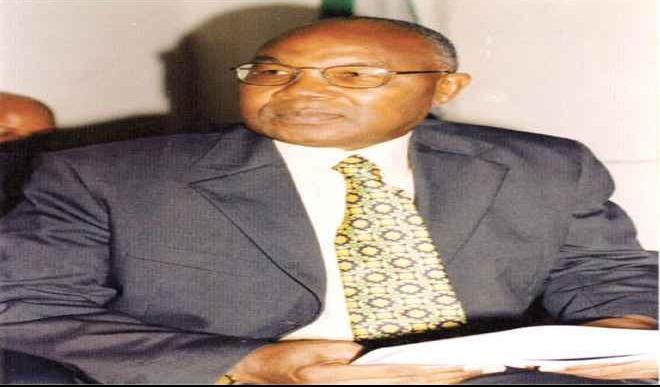Usman’s folktales and their lasting effect
I have had the privilege of reading a number of Bukar Usman’s books, amongst which are ‘Language Disappearance and Cultural Diversity in Biu Emirate’ and his autobiography, ‘My Literary Journey’. These are just two out of many books this author has written, that include folklores, historical as well as works on culture and technology. It […]


I have had the privilege of reading a number of Bukar Usman’s books, amongst which are ‘Language Disappearance and Cultural Diversity in Biu Emirate’ and his autobiography, ‘My Literary Journey’. These are just two out of many books this author has written, that include folklores, historical as well as works on culture and technology. It comes as no surprise therefore that he is the President of the Nigerian Folklore Society (NFS).
In addition, his creative publications include Hausa language folktales. Perhaps this is why he has won several awards from bodies such as Ranar Mawaka Hausa Foundation, “for his effort and outstanding contributions toward uplifting Hausa literature and promoting Hausa music in Nigeria and Africa.” He is also the recipient of Dr. Abubakar Imam Merit Award on Hausa literature by the Alkalam Kungiyar Marubuta Hausa (Ambassador of Hausa Literature), by the National Museum of Burkina Faso in collaboration with Association Makaranta of the Hausa community in Ouagadougou, Burkina Faso.
This is why I was intrigued when I came in contact with his collection of 10 short stories, and of course they are folktales, titled ‘The Bride Without Scars and Other Stories’.
Usman aims to teach in his stories and this is clear from the titular story, ‘The Bride Without Scars’, about a beautiful girl who vowed not to marry a man with a vows scar on his body. Pride is the watchword here and what’s again intriguing about this story and those that follow is that students are clearly told this moral in the end and referred to story-writing workshops related to the tale in the book.
Like it usually is with folktales, animals get to speak. This collection of short stories is clearly divided into two sections: section A for stories involving humans and B for those involving adults.
Simple and straight to the point as folktales always are, ‘A Tale of Long and Short Beaks’ centres on Cilakowa, who longed to get married but, “in spite of her royal background, was having serious problems getting a suitor. Every male bird who came her way flew away because of her extra-ordinary long beak.”
Either by design or not, ‘The Bride Without Scars’’ (involving humans) and ‘A Tale of Long and Short Beaks’ (involving animals) focus on physical attributes. In the case of the former story, the moral is accepting one’s self whatever the cost, instead of living a fake life.
The collection of short stories gripped my attention for another reason. It has intriguing illustrations in almost every page to go with each tale. I think credit to the artist at the back of the book would have been ideal.
Usman has written over thirty-five books, and this book, like the others, certainly doesn’t disappoint. The lessons and exercises ensure the work is a valuable tool for students. Not only do they learn life lessons, but they are also exposed to literary techniques and what it takes to write a good story.
